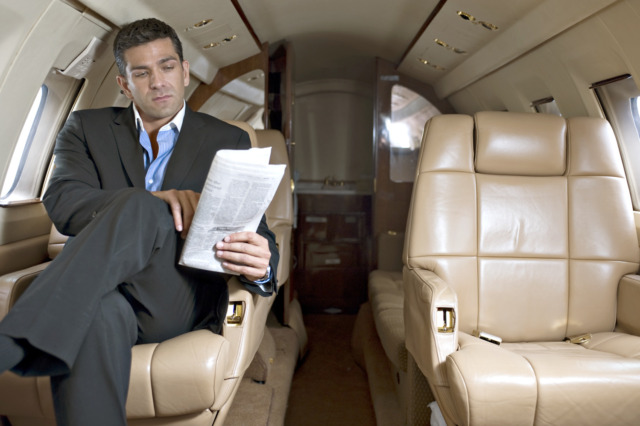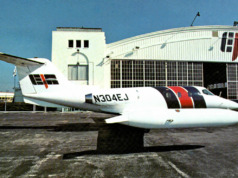
Many of us have closets – or file cabinets – full of unfinished projects. The exigencies of business and daily life pull us in disparate directions, diluting and redirecting the best of intentions.
There’s no escaping those unscheduled intrusions, even after hours, thanks to your uninterrupted availability via smartphone and video conferencing.
Travel time aboard business aircraft often has been your respite, enabling you to work in quiet semi-isolation, away from the office. There, with self-selected cabin mates, you have almost complete control of others’ access to you.
But in this time of mandated social distancing, almost no one is traveling. After an initial spike in owners and charterers heading home, General and Business Aviation flight activity fell more than 80% in March and April, according to aviation data tracking services Argus, FlightAware, and WingX. Fixed Base Operators report fuel sales have dropped to virtually zero, as fewer and fewer ringing phones echoed in empty executive terminals.
In fact, flight activity in late April dropped to the point that JetSuite grounded its fleet of charter business jets, and New York’s vaunted Westchester County Airport (HPN), home to dozens of Forbes Global 2000 and Fortune 500 corporate flight operations, temporarily shuttered its doors. Aircraft owners based there will have to move their aircraft to other regional airports if they opt to keep flying. Fractional and charter fleet clients will have to rejigger their schedules, to allow for longer ground-based travel to other, less conveniently located, airports.
That should make this a “Time To Catch Up” – one of the seasons that Ecclesiastes – not to mention Pete Seeger – missed.
But thanks to video conferencing via computer apps like GoToMeeting and Zoom, your schedule may be more crowded than before, with online virtual meetings and presentations. That creates yet another new challenge, unknown before the pandemic: “Zoom Fatigue,” described in an April 24 article in National Geographic. We humans communicate only partly via spoken words. Nonverbal cues like body position, pace of breathing, and gesture are as much a part of communication as are words, conveying speaker attitude, interest, and enthusiasm in the discussion.
All of which is missing in head-and-shoulders-only video calls. Trying to extract non-existent visual information is far more tiring than making a voice-only phone call. In-person contact not only is less tiring and more productive, it is now a luxury good, made all the more valuable by its scarcity.
And that, coupled with the need to energize the economy (and boost stock prices) will help drive business aviation’s eventual post-quarantine recovery. C-Suite executives and HNWIs needing to travel will be reluctant to board crowded commercial flights. They instead will opt for the passenger manifest control offered by business aviation, to ensure travel privacy and security – and continuing good health. BAA
Publisher of Business Aviation Advisor, has nearly 50 years in business aviation including executive positions at aircraft management/charter and ground services companies. He is a past director of the NATA and Corporate Angel Network.





